18Medicinal herb beds

Welcome to the herb beds of the FMP, which were planted by PhD students from the institute.
As you may know, many important drugs have been isolated from medicinal plants, such as morphine from the opium poppy, cardiac glycosides from foxglove or THC from hemp.
You will not find these examples here, either because they are too toxic or because we would be concerned about continuously having to replace them.
The plants you’ll see here either have popular uses or contain active substances that have been characterized.
These medicinal herb beds evoke a contrast to the otherwise high-tech world of research you’ll find in the Institute's laboratories. To understand what keeps us healthy and what makes us sick, or how active ingredients get to the right places in the body, researchers at the FMP investigate biochemical processes in cells and organs and study the molecular causes of diseases. Based on these findings, they then search specifically for new active ingredients.
New active ingredients can be found in herbs, but they are usually no longer isolated directly from the plants by researchers today; instead, they can be acquired from existing collections of natural products.
Further information on the plants is available as PDF. There you will find summaries of the active ingredients they contain, their botanical names and more specific descriptions of the medical uses of each of the plants.
Our beds are sorted according to the following types of applications in clockwise order:
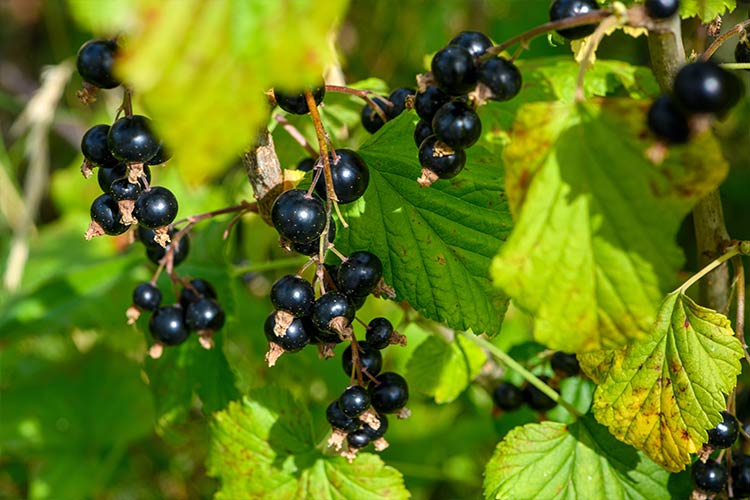
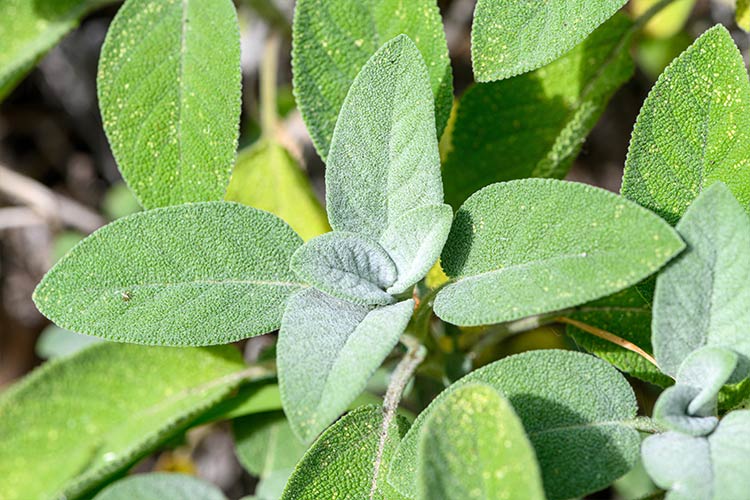
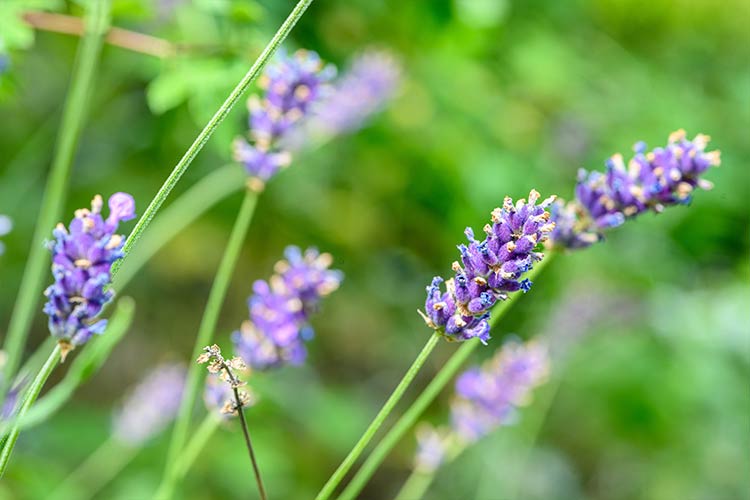
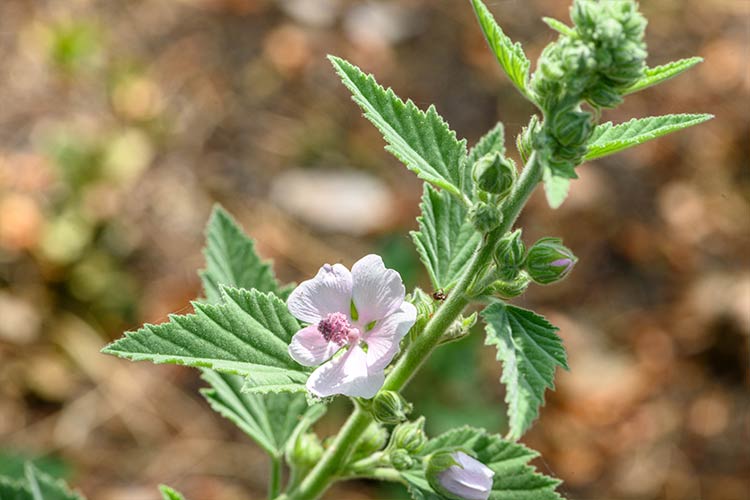
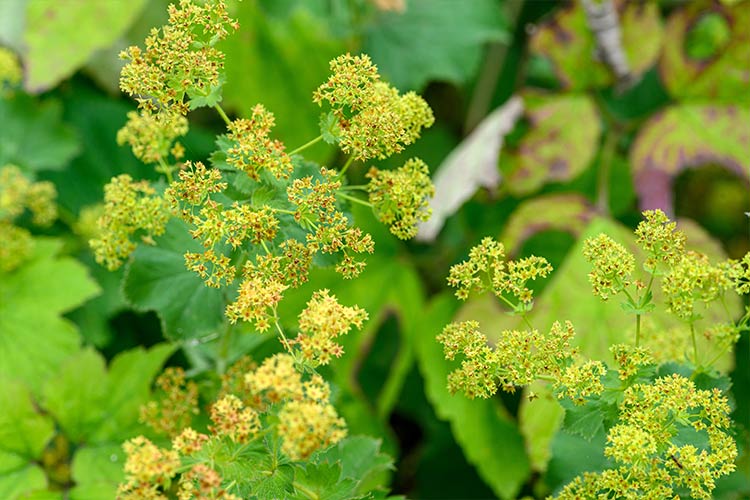
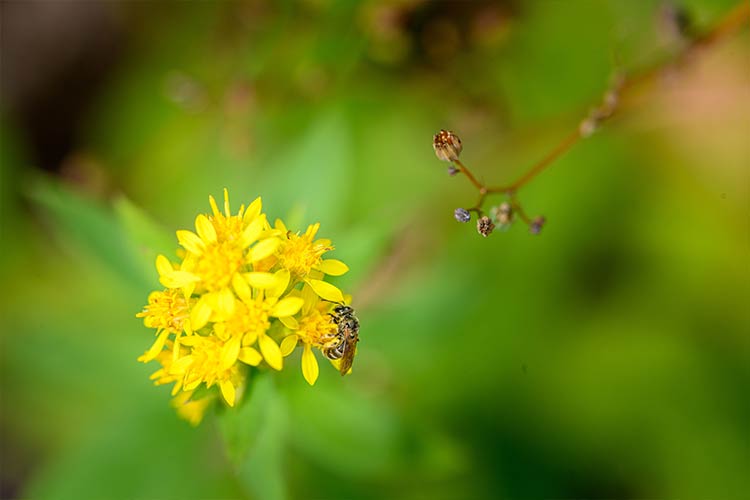
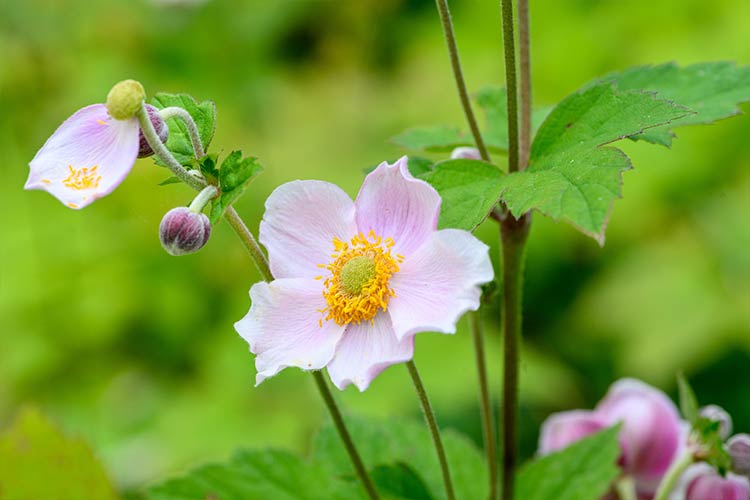
Traditional medicinal and poisonous plants are important for identifying and isolating possible new active pharmaceutical drugs. However, even if specific ingredients with a specific effect are found, this does not mean that an effect can actually be achieved by simple plant parts or extracts. What is the mechanism of action? How and where exactly does the substance work? Does the active ingredient reach its site of action? Is it stable in the body? How is the active ingredient distributed and eliminated? Is an effective concentration achieved? Are there interactions with other active ingredients? What are the side effects at an effective dose? To answer all these questions one needs a scientifically oriented pharmacology and this is our field of activity here at the FMP. It is noteworthy, however, that pharmacology can certainly be built on the analysis medicinal and curative and poisonous plants. There are many examples of this in the history of pharmacology, such as the identification of morphine from the opium poppy, cardiac glycosides from foxglove or certain cytostatics from yew.